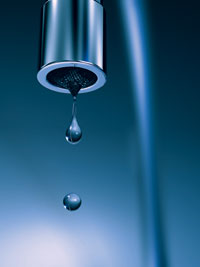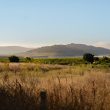EPA, Corps release Clean Water Act guidance

The U.S. Environmental Protection Agency (EPA) and the U.S. Army Corps of Engineers have developed draft guidance for determining whether a waterway, water body, or wetland is protected by the Clean Water Act (CWA). The guidance is meant to clear up confusion caused by past Supreme Court decisions over what waters fell under CWA, according to EPA.
The U.S. Environmental Protection Agency (EPA) and the U.S. Army Corps of Engineers have developed draft guidance for determining whether a waterway, water body or wetland is protected by the Clean Water Act (CWA). The guidance is meant to clear up confusion caused by past Supreme Court decisions over which waters fall under CWA, according to EPA.
The newly released guidance would replace previous guidance and will provide clearer, more predictable guidelines for determining which water bodies are protected by the CWA, according to EPA. It would include:
- Clarification that small streams and streams that flow part of the year are protected under the CWA if they have a physical, chemical or biological connection to larger bodies of water downstream and could affect the integrity of those downstream waters;
- Acknowledgment that when a water body does not have a surface connection to an interstate water or a traditional navigable water, but there is a significant physical, chemical or biological connection between the two, both water bodies should be protected under the CWA;
- Recognition that water bodies may be “traditional navigable waters” and subject to CWA protections under a wider range of circumstances than identified in previous guidance; and
- Clarification that interstate waters (crossing state borders) are protected.
However, the new guidance does not change any of the existing agriculture exemptions under the CWA, such as exemptions from permitting requirements for normal agriculture, forestry and ranching practices. The guidance also describes waters not regulated under the act, including certain artificially irrigated areas, many agricultural and roadside ditches, and artificial lakes or ponds, including farm and stock ponds.
For the past couple of years, some local government officials had been concerned about a proposed legislation called the Clean Water Restoration Act (CWRA), which would rewrite CWA to exclude the term “navigable” from the definition of waters that fall under federal jurisdiction. However, the CWRA has languished in Congress without a vote.
EPA’s draft CWA guidance will be open for 60 days of public comment to allow input and feedback before it is finalized. Read more about the guidance and how to submit comments about it.




















